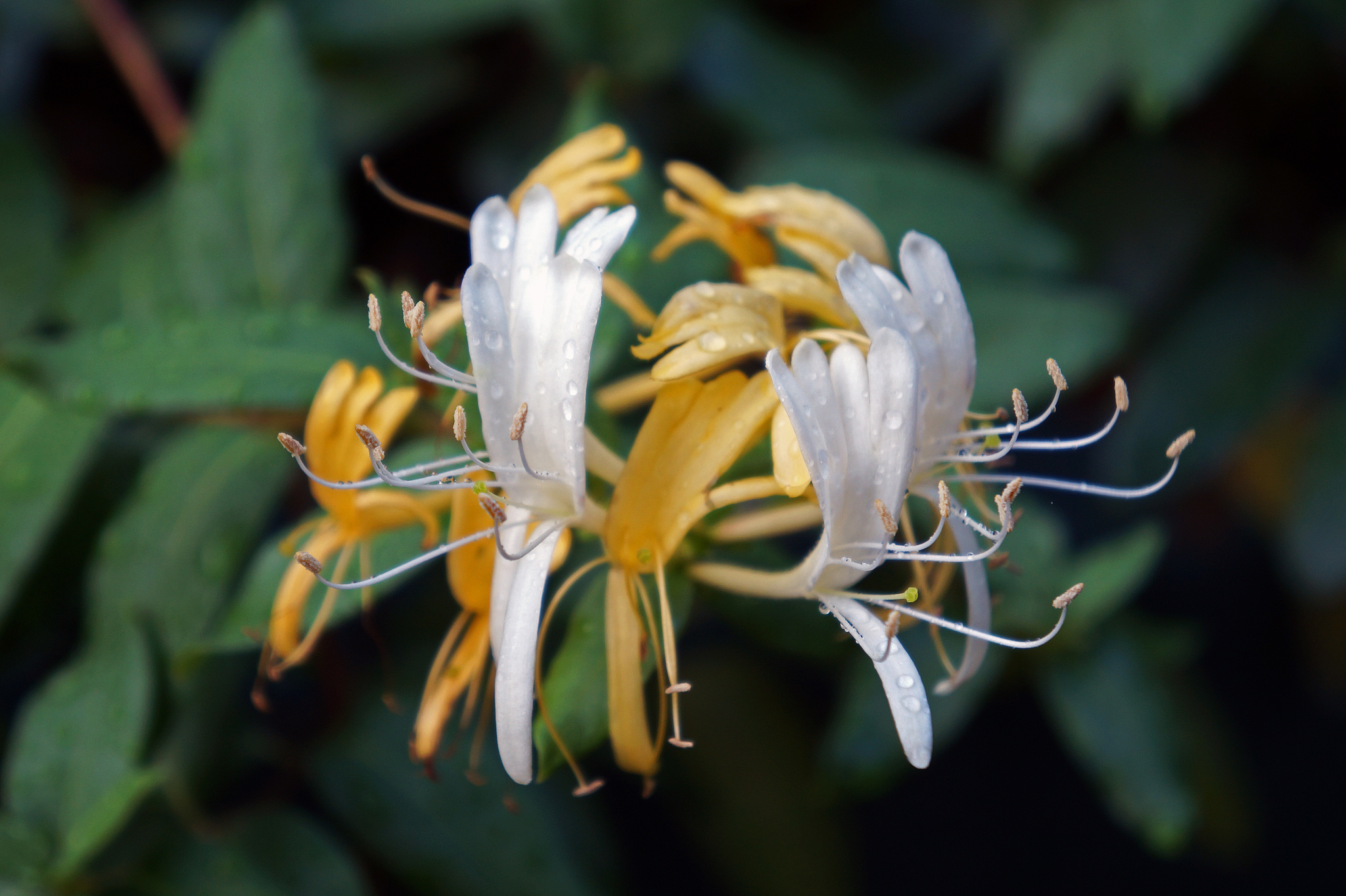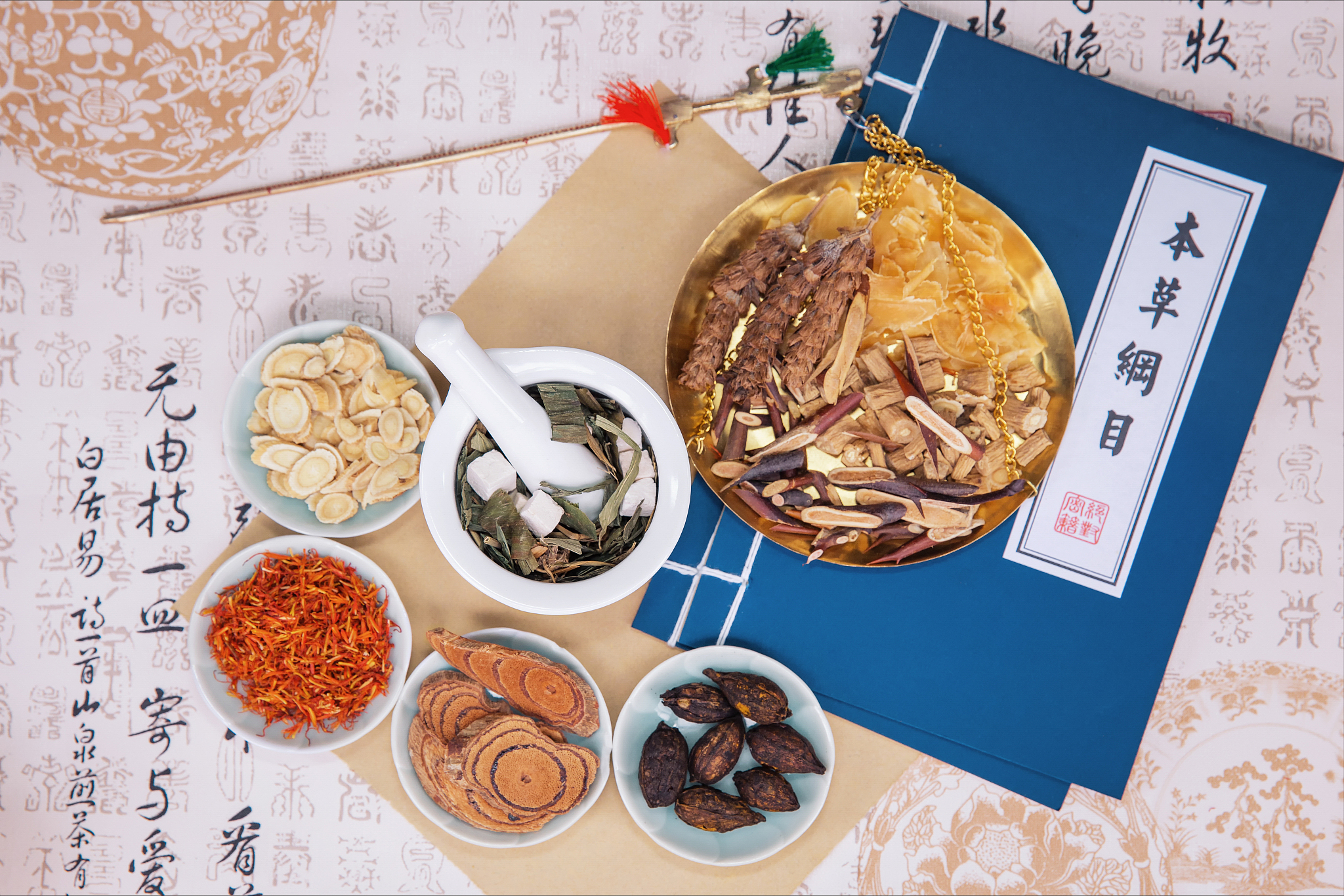Writer Zhang Bangji from ancient China's Song Dynasty (960-1279) narrated a story about using honeysuckles to treat wild mushroom poisoning in his work "Mo Zhuang Man Lu."
During the Song Dynasty in 1100s, several monks at Baiyun Temple in Tianping Mountain gathered a basket of wild mushrooms from the mountain to cook. However, the wild mushrooms were poisonous, and the monks experienced vomiting and diarrhea after the meal. One of the monks went up the mountain to pick honeysuckles to try to detoxify, and surprisingly, monks who took the honeysuckles survived.
In addition to its detoxifying effects, honeysuckle has also been recorded in ancient books as having a cosmetic effect. In the "Secret History of Empress Dowager Cixi's Private Life" written by De Ling, Cixi would apply distilled honeysuckle half an hour before going to bed to moisturize the skin and beautify the face.
Honeysuckle is a good cure for heat and poison, and it is mainly used for pyogenic infections, heat toxin, bloody dysentery, malignant sores and so on, as Li Shizhen writes in the "Compendium of Materia Medica."
Honeysuckle is called "jinyinhua" in Chinese, which means gold and silver flowers. It got its name from it's white and yellow flowers.
According to the "Chinese Pharmacy Dictionary," it has the effect of clearing away heat and detoxification, which is clinically used in the treatment of such ailments as pharyngitis, pneumonia, bacterial dysentery, urticaria, cervical erosion and so on.

The dry bud or incipient flower of honeysuckle, which has a sweet taste and a cool nature, is usually used as medicine.
Honeysuckle (Lonicera japonica) is a species of flowering plant in the family Caprifoliaceae. It blooms from April to June. It is very adaptable and can withstand cold, drought and moisture. Though it has few requirements of soil environment, it grows best with moist and fertile sandy soil. It could be fund mainly in such Chinese regions as northern Hebei and Shanxi provinces, northeastern Liaoning Province, northwestern Shaanxi and Gansu provinces.

About The Great Herbs series:
Chinese herbal medicine is the precious legacy of the Chinese people's struggle against diseases for thousands of years and the essence of Chinese culture accumulated over thousands of years. The "Compendium of Materia Medica," written by Li Shizhen, is a valuable heritage of ancient Chinese medicine and botany, which has played a significant role in promoting the development of medicine and pharmacy in China and even the world. In this series, CGTN guides you through the journey of exploring the great herbs mentioned in the book.
For more:
The Great Herbs: The first of China's nine immortal herbs
The Great Herbs: The buster of blood
Chinese ground orchids help control rocky desertification in SW China
(All images via VCG)
(If you want to contribute and have specific expertise, please contact us at nature@cgtn.com.)

